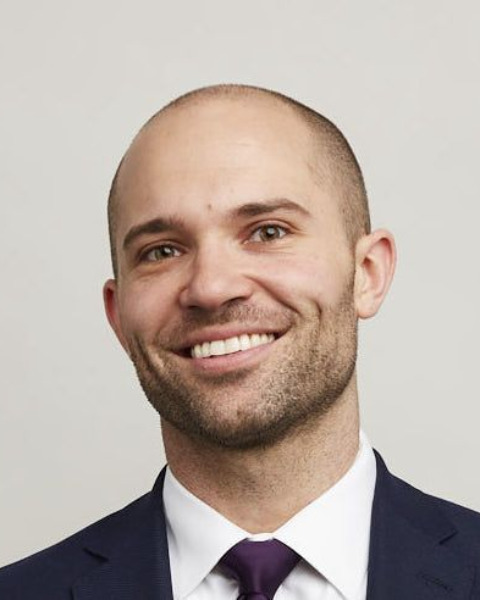Emergency Medicine: All Areas
Emergency Medicine 13
371 - Triad: A Novel Team Reorganization Pilot in the Pediatric Emergency Department
Publication Number: 371.404

Walter Palmer, III, MD (he/him/his)
Pediatric Emergency Medicine Fellow
Children's National Health System
Washington, District of Columbia, United States
Presenting Author(s)
Background:
The traditional team structure in the emergency department serves to maximize the efficiency of treating patients. Patient experience surveys consistently demonstrate the need to improve communication with patients. Studies also show that emergency departments could improve effective team communication regarding treatment plans and the responsiveness of staff to patient needs. Our project describes the first study in a pediatric emergency department to examine whether reorganization of the clinical team structure would improve patient communication and timeliness of care.
Objective:
Our objective was to assess whether a reorganized care team would lead to improved patient experience in effective communication and timely care.
Design/Methods:
The pilot took place at an urban tertiary care children’s hospital for 8 weeks, August to September 2020. The Triad team consisted of a physician, nurse, and medical technician. The team’s goal was to evaluate patients within 30 minutes of arrival and utilize best practice communication skills taught during a prior communication training session. An experience survey was administered 2 weeks before the Triad team was initiated and for 6 weeks to both Triad and non-Triad patients. Scores were compared to the standard hospital experience surveys received from patients during the study period.
Results:
We received 18 surveys from patients managed by the Triad team (Table 1). Triad respondents’ experience scores were as good or better than all comparison groups, especially related to team communication (Table 2). Compared to non-Triad patients, they had shorter times to provider evaluation (23 vs 27 and 51 min). Overall scores from the study survey were significantly higher than the standard hospital survey. 60% of providers felt the Triad team improved communication, but 80% reported it was difficult to keep the team intact throughout their shift.
Conclusion(s):
Our survey responses suggest an overall better experience than the standard hospital survey. This care team reorganization may represent an effective strategy to improve patient communication and time to provider evaluation. Future work is necessary to evaluate the team configuration’s consistent benefits, and the costs and logistical challenges that a wider Triad-style team deployment would present..png)
.png)
